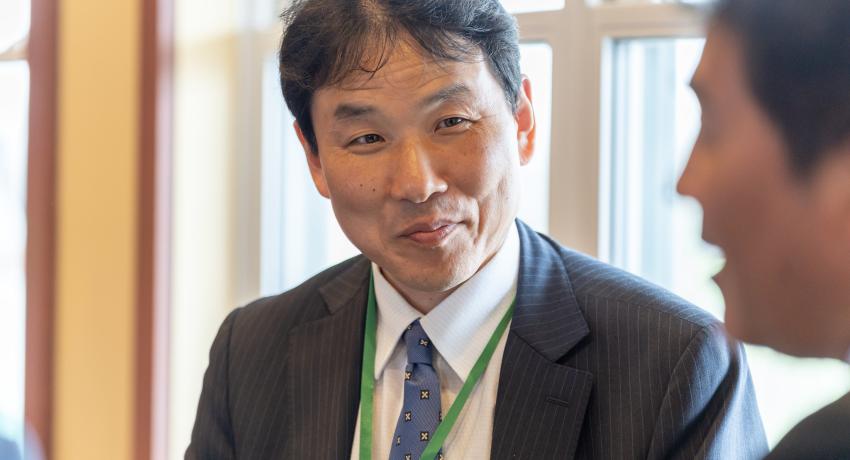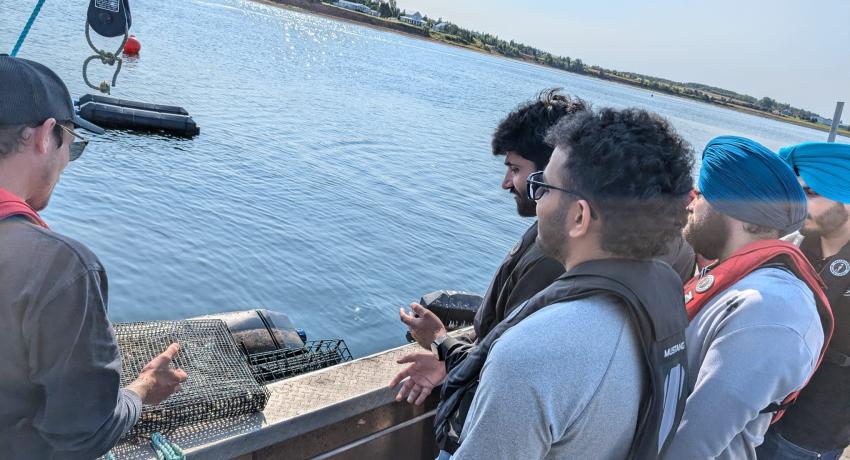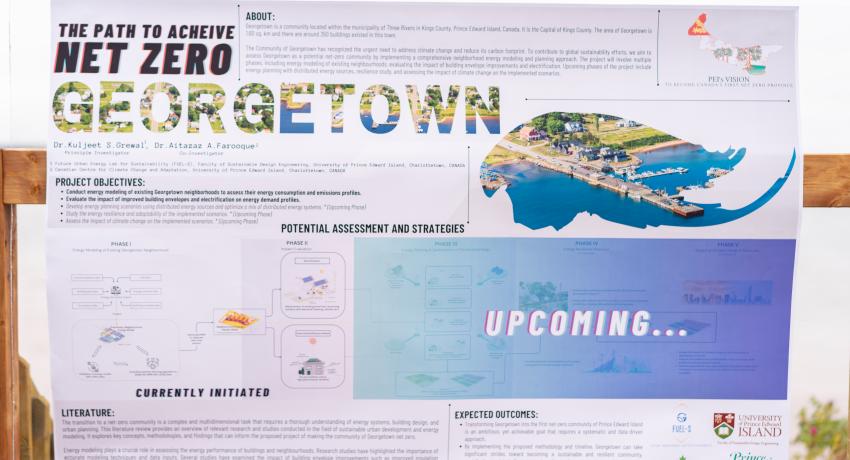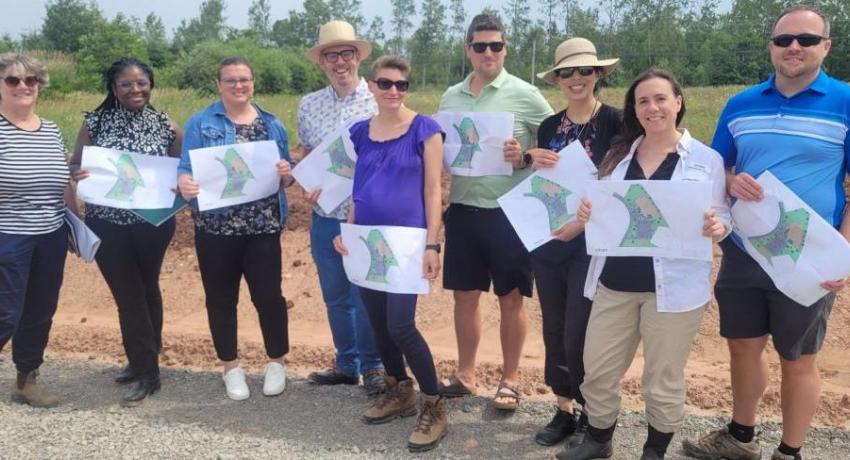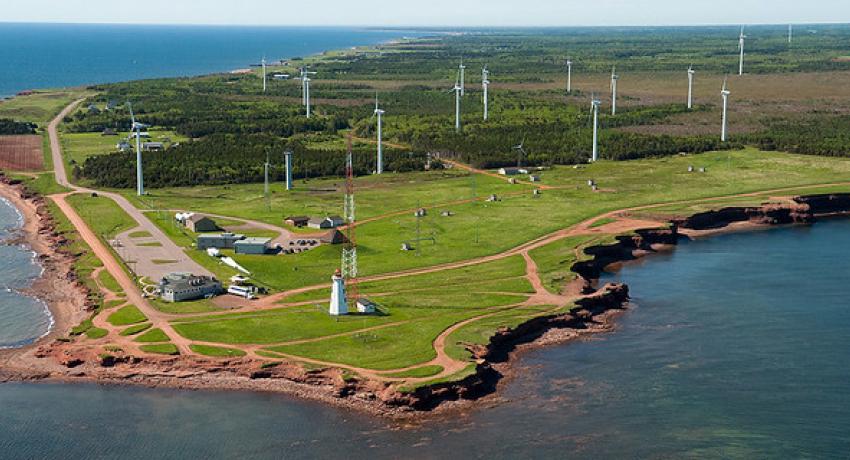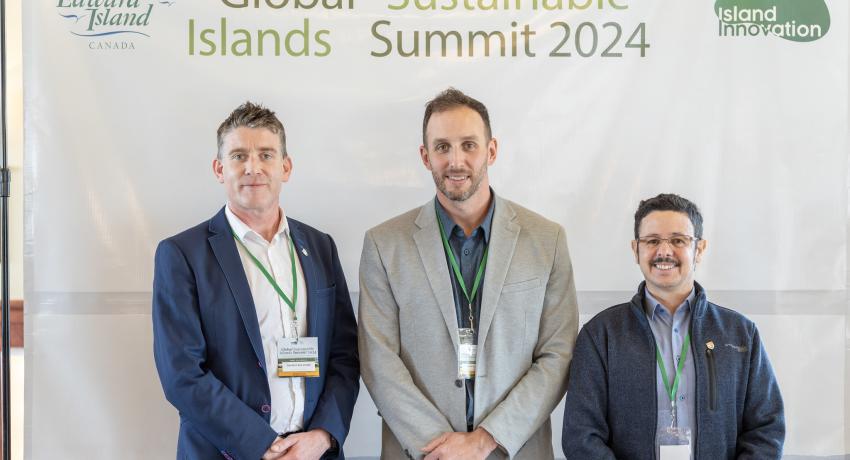Daisuke Anami, a member of the Oita prefectural government in Oita, Japan, was one of the representatives at the 2024 Global Sustainable Islands Summit. Japan was one of 50 Island nations that took part at the Summit held in Prince Edward Island where island states discussed sustainable development.
Anami said that during the last 20-30 years, the island nation has seen a sharp rise in natural disasters, many of which have been related to climate change. One of those events was the 2011 Great East Japan Tsunami. The tsunami occurred on the island of Honshu, Japan’s main island, and was triggered by an earlier earthquake. In the end, almost 18,000 people lost their lives.
"Japan is an island with limited resources, so we rely on outside sources for our fuels. And we’re working hard to create an energy shift towards renewables so that we can rely less on imports to sustain our energy needs,” said Anami.
“Like other areas, we are focusing on solar a lot. But Japan is a volcanic country. So, we have a lot of geothermal energy production, especially in the prefecture we represent.”
Geothermal energy is thermal energy extracted from the Earth’s crust. Geothermal power, (generation of electricity from geothermal energy), has been used since the 20th century.
What makes geothermal power unique is that unlike wind and solar energy, geothermal plants produce power at a constant rate, regardless of weather conditions.
Japan has become a world leader in producing geothermal energy. Much of the country’s success can be attributed to the work done in the Oita Prefecture. Oita is home to the Hatchobaru Geothermal Power Plant, the largest geothermal power plant in Japan.
Every day, the plant produces 110 megawatts of geothermal energy.
“The area of Japan that we live in is the number one area in the nation for geothermal energy production. So, there is a lot of action happening in that field [right now],” said Anami.
Japan is looking at ways to use the geothermal energy as a renewable fuel source. One of those ways is the use of hydrogen.
Hydrogen is a renewable and cleaner form of geothermal energy, producing less carbon emissions than other forms of energy. Therefore, using hydrogen is a way Japan is working to improve its carbon footprint.
According to Anami, to start the process of using hydrogen as fuel of the future, the Japanese government is working on creating fueling stations for vehicles like cars and busses that typically run on petroleum or fossil-based fuels.
“In Japan, it was a popular held belief that hydrogen was the fuel of the future,” said Anami. “And we are working on creating sustainable ways to produce it.”
Joining Anami in the fight against climate change in Japan was Mitsuru Terashita.
Terashita, who hails from the same prefecture as Anami, represents the eco-tourism group in Oita.
He said he was at the conference to look for mobility solutions for the island that can be powered on renewable energy, so tourists are not leaving “any footprint other than their shoes” when the visit Japan.
Despite their regional differences, Prince Edward Island has explored similar ways to fight climate change as their Asian counterparts. One of those ways is investing in alternative forms of energy that help reduce our carbon emissions, particularly solar energy.
As part of the Island’s Net Zero goals, the government offers rebates for solar panels. Islanders can get anywhere between $500-$1200 taken off the price per kilowatt on the panels, depending on where the panels are installed. Islanders have taken up this offer, installing over 40 MW of rooftop solar since 2019.
In addition to working on ways to create greener and cleaner technology, PEI is providing residents with EV charging stations across the Island. Currently, PEI has over 250 electric vehicle charging stations, including stations at the main entry points for tourists such as the Confederation Bridge and the Northumberland Ferry.
The 2024 Global Sustainable Islands Summit was held in Crowbush, Prince Edward Island, May 21-23.


